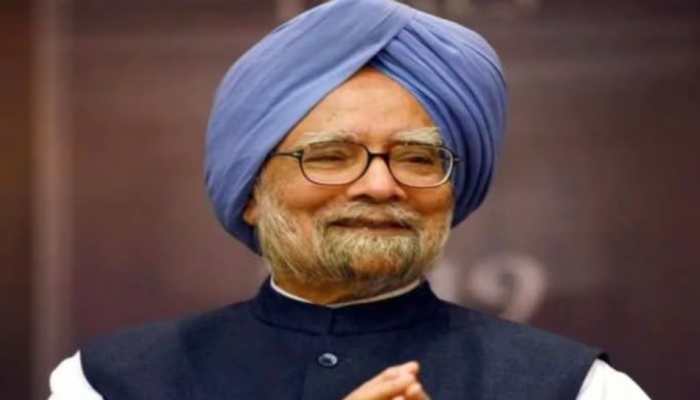NBFC crisis poses more growth headwinds: Report
The other headwinds for growth include higher rates, lower fiscal headroom and sub-par private sector spending.
Trending Photos
)
Mumbai: The ongoing crisis of confidence in non-banking financial companies (NBFCs) may prove to be a drag on economic growth, as balance sheet constraints and higher funding costs may prompt these shadow banks to slowdown lending, warns a report.
But this will come as a growth booster for banks, which for long have been ceding credit market share to NBFCs, which had accounted for 12-15 percent of the total credit generated in the past two fiscals.
Warning that lower credit availability from NBFCs will hurt growth, Singaporean lender DBS' economist Radhika Rao said, "the likelihood of stricter lending controls on NBFCs and tougher operating environment is likely to impinge on their ability to expand their books, prompting them to scale back their aggressive growth targets...As a result overall credit availability is likely to moderate, which in turn will be hurting growth."
However, the slower growth can reduce the asset quality concerns, if incremental funding is deployed in quality loans rather than high risk loans.
The difficulties faced by NBFCs, which for long have been credited for deepening credit flow to pockets where banks have not been able to operate, poses a "downside risk" to DBS' FY19 GDP growth estimates of 7.4 percent and 7.8 percent the fiscal later, she said.
The other headwinds for growth include higher rates, lower fiscal headroom and sub-par private sector spending.
Share of NBFCs in financing mciro, small and medium enterprises has risen to 11.3 percent as of mid-2018 against 8.4 percent two years prior. By comparison, public sector banks' share came down massively during this time to 51 percent in June 2018 against 60 percent two years ago.
Non-banking finance companies have been hit badly following the defaults by IL&FS since September, leading to a deep funding squeeze by banks on one hand and lack of investor appetite for their debt instruments on the other.
This has resulted in higher credit disbursal by banks in October to 14.4 percent from 12.5 percent in September. This is because many NBFCs have been shifting from capital/money market borrowings to bank borrowings, particularly those with unutilised/undrawn credit lines.
On the other hand, NBFCs have also sought more credit line from banks as cost of markets-based borrowings ticked up, leading to a 44 percent spike in such loans since August, she said.
"We continue to look for banks to increase their market share as a primary source of funding to commercial sector, as balance sheet constraints and higher funding costs prompt NBFCs to slow lending activity," Rao said.
As funding costs rise, NBFCs' liabilities are likely to get repriced more than assets particularly shorter-tenor borrowings, posing refinancing challenges.
Though larger NBFCs can still manage their costs by tapping public issues, smaller ones will find it a challenge to seek alternate sources of funding, which will impact their margins, forcing them to restrain balance sheet expansion.
At the same time, banks will not be able to meet all the displaced funding demand because at least half of the public-sector banks are ring-fenced under the prompt corrective action framework by the RBI, which restricts them form fresh loans, crimping overall credit availability.
Secondly, NBFCs, particularly those specialised in microfinance, housing, auto finance, rural etc, have thrived in pockets where traditional banks face limited geographical reach, lower appetite and ability of mainstream banks to reach such borrowers.
According to Sidbi, share of NBFCs in MSME financing has risen to 11.3 percent as of mid-2018 against 8.4 percent two years prior, leading to lower market share of public sector banks to 51 percent in June 2018 against 60 percent two years ago.
"Even if troubled NBFCs rolled back their presence, it will be an uphill task for banks to fill this gap," says Rao.
Stay informed on all the latest news, real-time breaking news updates, and follow all the important headlines in india news and world News on Zee News.
Live Tv







)
)
)
)
)
)
)
)
)
)
